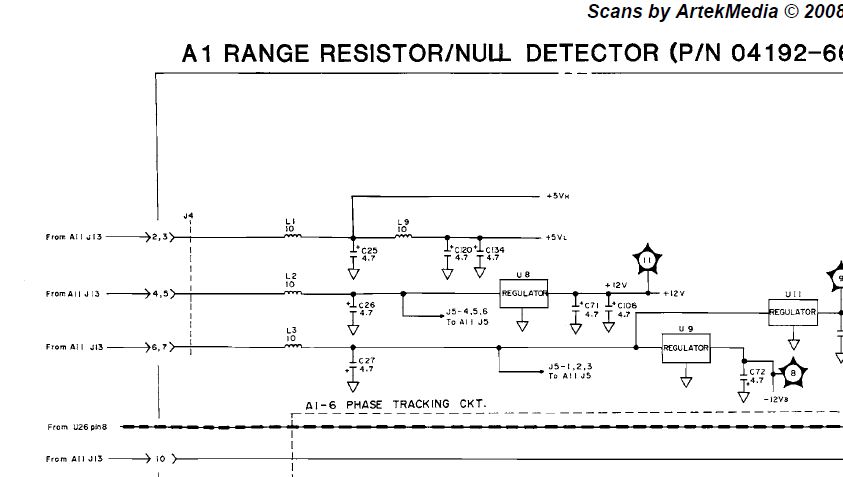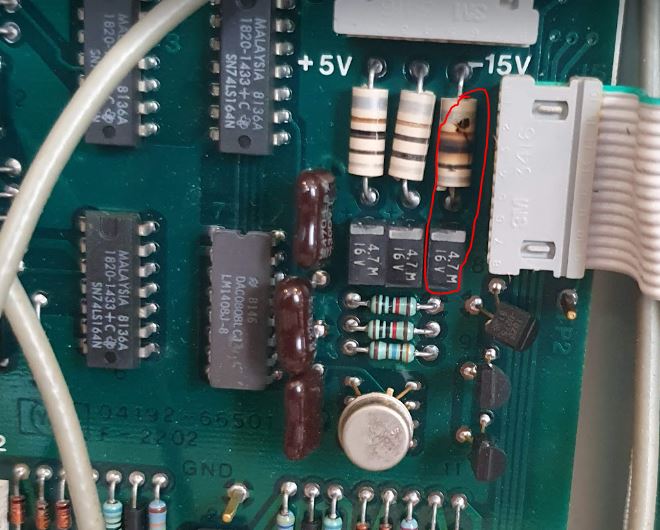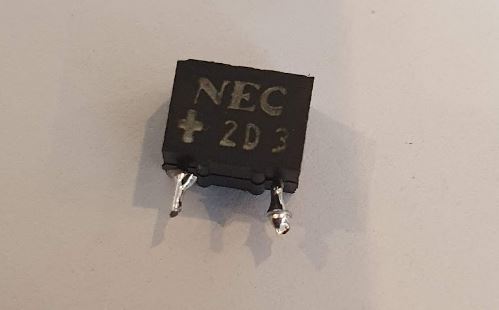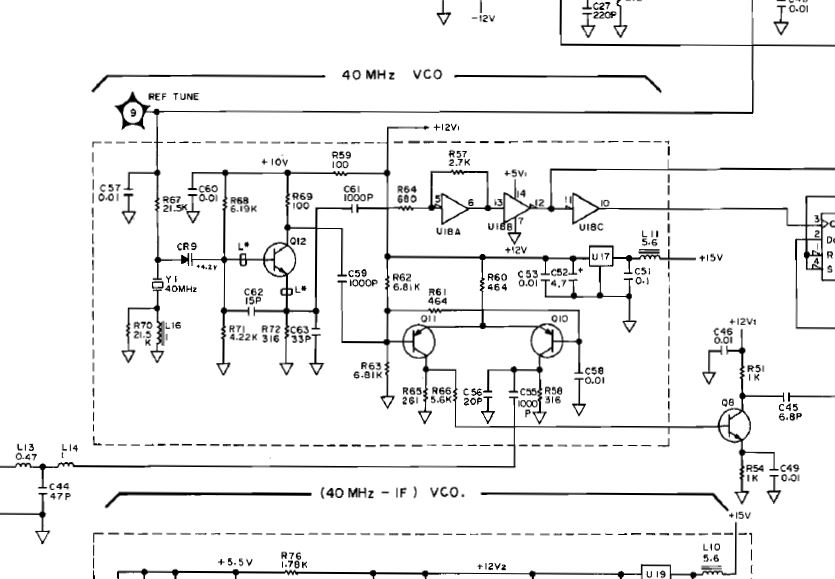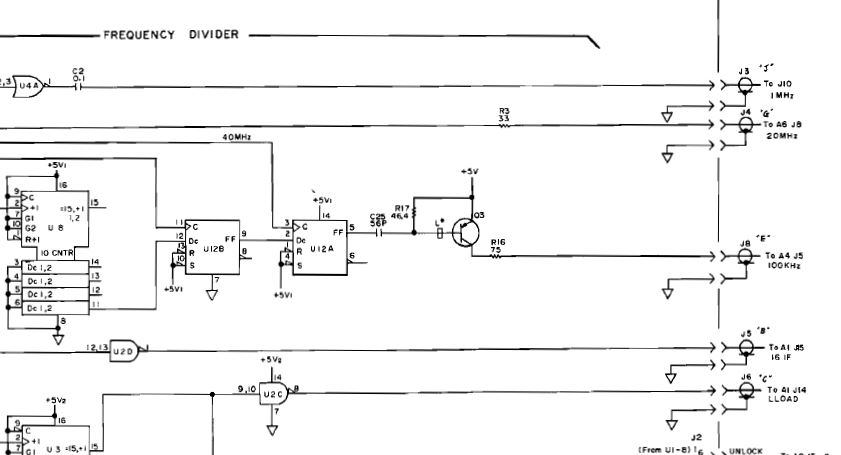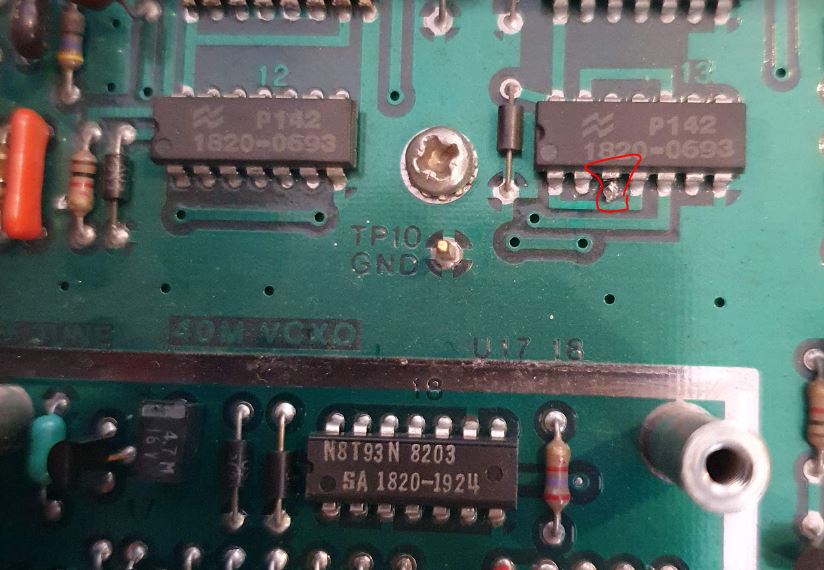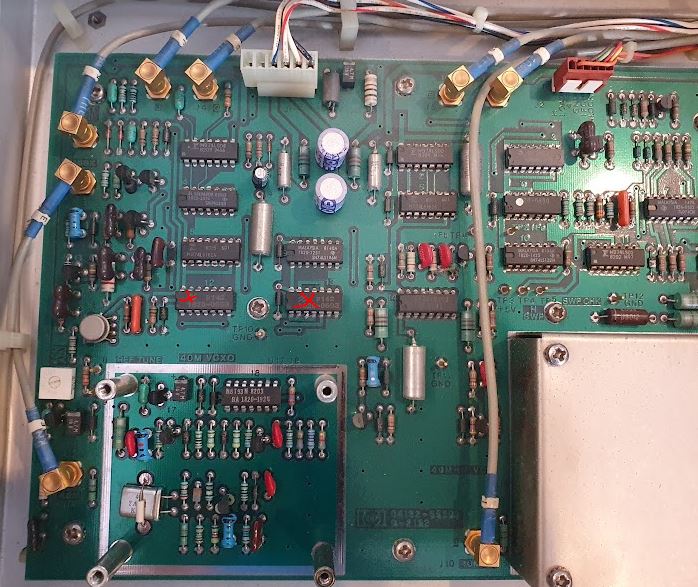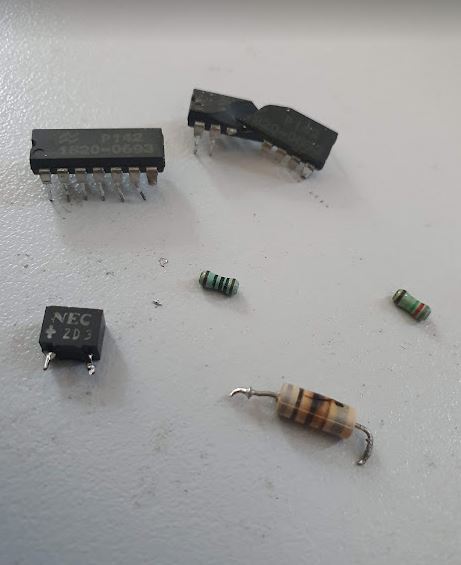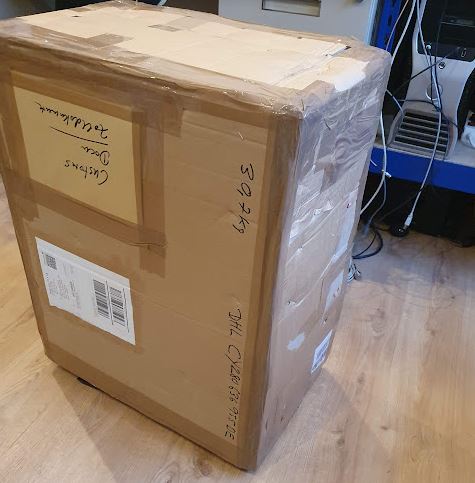The analyzer, I had fixed it 3.5 years back, see HP 4192A LF Impedance Analyer, the instrument has been back to very good shape, and since then been operated at an university overseas. Recently, I got the message that repair is needed, the instrument didn’t start up.
I tried hard to fix it remotely, because of the significant size and shipment cost, and the general risk of shipping such precision gear around the world. But to no avail, the failure seemed to complex to repair by remote instructions.
First difficulty, to get the instrument shipped to Germany, and to get it through customs – quite a task that took several hours, personal appearance at the customs office, and some paperwork, along with a small fee.
Following the old rule, to check the powers supply first, it was quickly seen that there is a short on the -15 rail, and systematically unplugging the assemblies, quickly found the short on the A3 assembly plug, which is also powering the A1 assembly – the location of the actual fault.
Smell and eye are the best methods… to find easy faults.
Once you know the location, easily seen – the burned inductor. I replaced it by a 4.7 µH inductor I had around, and fitted a new capacitor (tantalum cap).
The NEC-branded cap was dead-short.
Now, the instrument powered up, at least the power supply, but no further sign of life. Checked around the CPU board, and strangely, even the first test showed, no clock! the CPU clock is derived from the A3 master oscillator, by a divider chain – and probing there, no signal on the 1 MHZ or 100 kHz lines either.
The diver chain uses various divide-by-2, 74C74 flip-flops.
Hard to see, but to determine the defective chip, I cut the clock pin at the 74C74, because the clock was low. So I was not sure if the clock generator/amplifier was defective, or just overloaded by the 74C74.
With no 74S74 (guaranteed to run at 75 MHz, typically up to 115 MHz clock) at hand, I replaced it by a 74F74 (which easily handles the 40 MHz clock).
Interestingly, both 74S74 (HP part 1820-0693) had failed. Maybe both were suffering from some transient when the power supply sorted. We may never find out.
Finally, I noticed some unreliable switch-on characteristics that could be traced to some flaky resistors on the power supply board – this board had corrosion issues that damaged some resistors.
A little box of replaced parts… not too many.
Finally, put the instrument to a 24 hours tests, and also run some calibration of DC bias, which had drifted a little. Otherwise all well in spec and well tuned.
Packing it all up: this time, a package to Saudi-Arabia. The instrument wrapped in bubble wrap, then a layer of styrofoam, then a wooded box re-inforced with metal parts and screws, and a cardboard layer all around (without cardboard, DHL will rank it as “special handling”, at a significant additional charge).
After about 2 weeks, the instrument safely arrived in Saudi, and it is indeed working again. Recipient is happy, me too!

